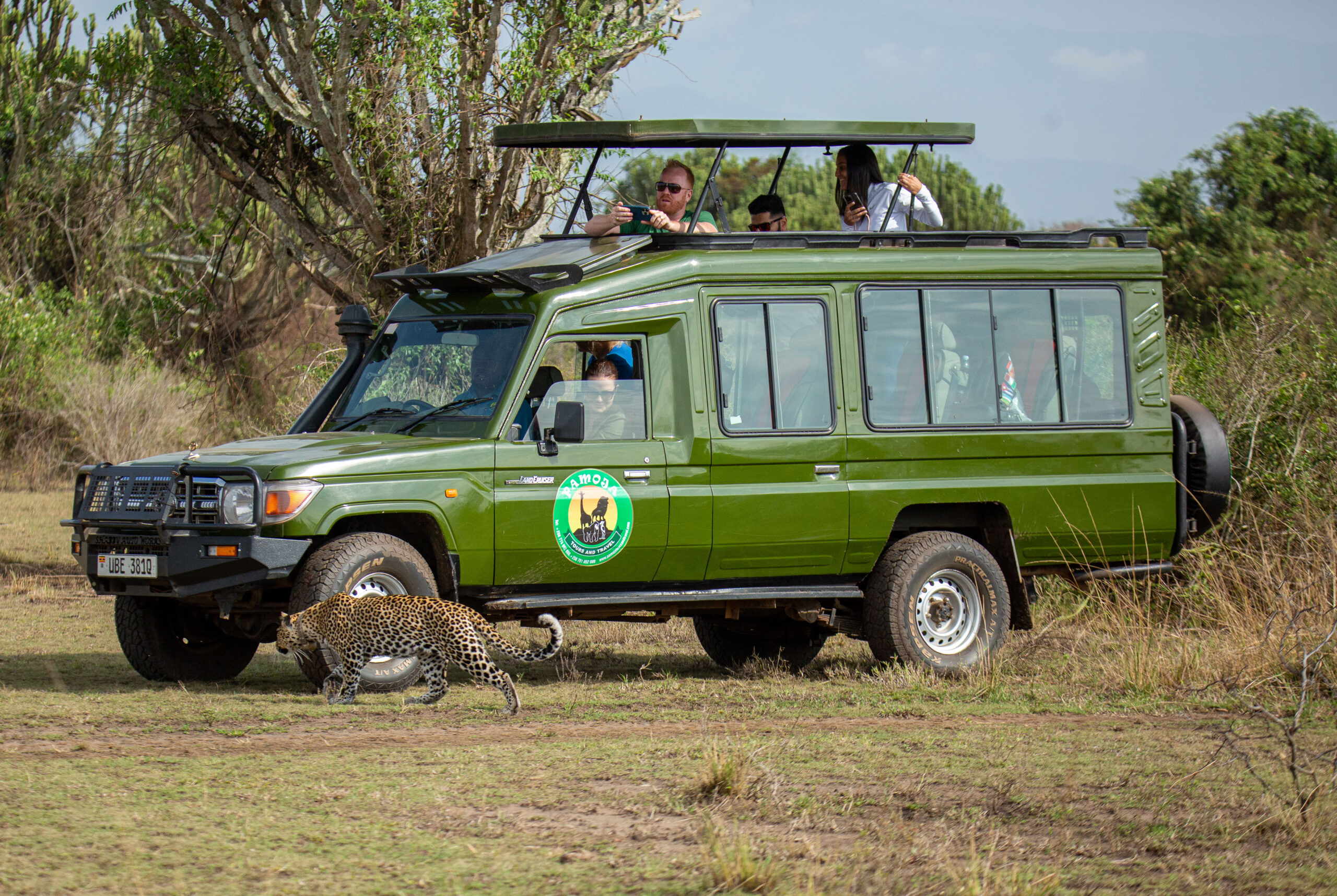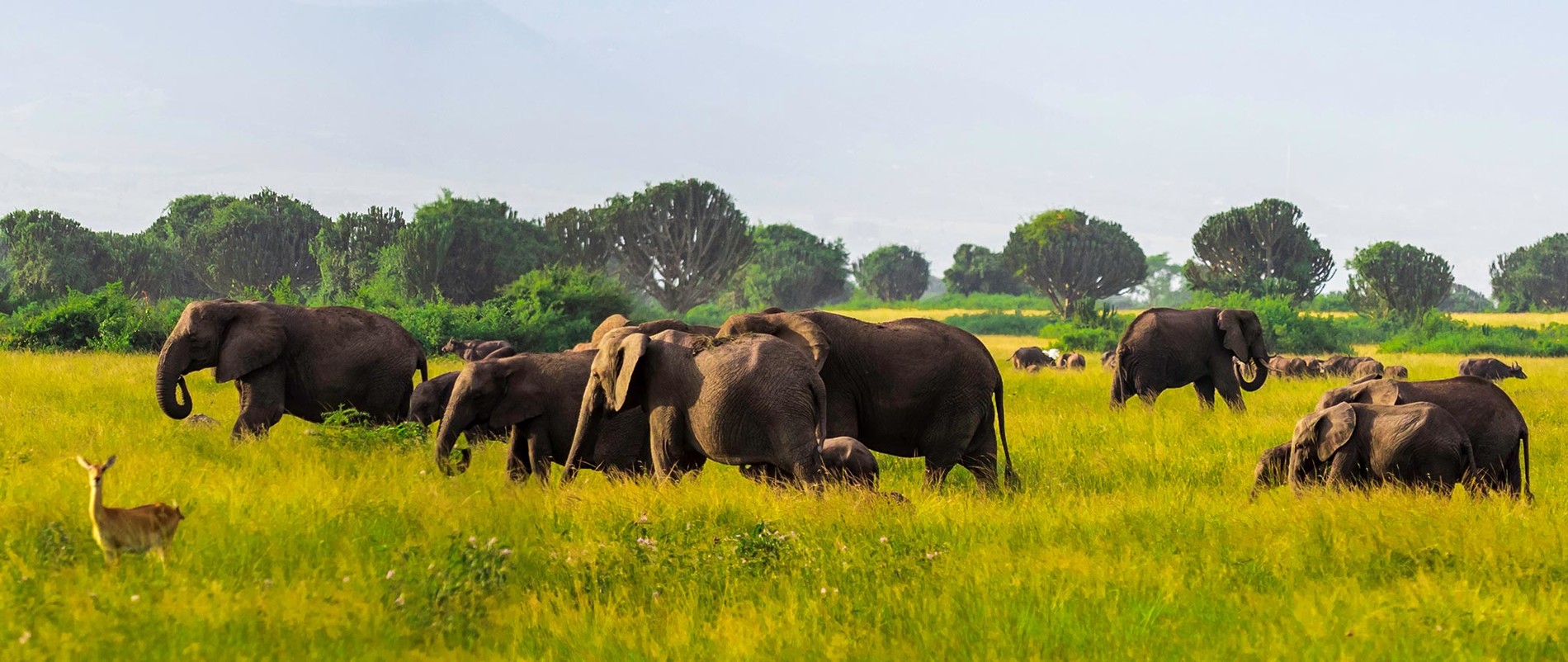
Tips for Planning the Perfect Wildlife Safari in Uganda
Tips for Planning the Perfect Wildlife Safari in Uganda. Planning a wildlife safari in Uganda is an exhilarating endeavor that requires careful consideration and detailed preparation. As one of Africa’s premier safari destinations, Uganda offers a rich tapestry of wildlife experiences, from gorilla trekking in Bwindi Impenetrable Forest to tracking chimpanzees in Kibale National Park. To ensure your safari is nothing short of spectacular, here’s a comprehensive guide to help you plan the perfect wildlife adventure.

-
Understand Uganda’s Wildlife and Ecosystems
Before you embark on your safari, it’s crucial to familiarize yourself with Uganda’s diverse ecosystems and the wildlife they support. Uganda is renowned for its stunning landscapes, which range from lush rainforests to expansive savannas and mist-shrouded mountains. Each ecosystem hosts unique wildlife, so your choice of destinations will significantly impact your experience.
For instance, Bwindi Impenetrable Forest is celebrated for its mountain gorillas, while the savanna landscapes of Queen Elizabeth National Park are home to the Big Five (lion, leopard, buffalo, elephant, and rhino). Understanding these ecosystems will help you tailor your itinerary to include the wildlife experiences you’re most interested in.
-
Choose the Right Time to Visit
Timing can make or break your safari experience. Uganda’s climate is generally tropical, with two main rainy seasons: from March to May and from October to November. These months can be challenging for wildlife viewing due to muddy trails and limited access. Conversely, the dry seasons, from June to September and December to February, offer optimal conditions for wildlife spotting as animals are more likely to congregate around water sources.
If your primary interest is gorilla trekking, the dry season is preferable for easier trekking conditions and better visibility. Additionally, some wildlife migrations and behaviors are seasonal, so researching the best times to see specific animals can enhance your safari experience.
-
Decide on Your Safari Style
The style of safari you choose will significantly impact your experience. Uganda offers various safari styles, including:
- Luxury Safaris: If comfort and exclusivity are priorities, luxury lodges and tented camps provide high-end amenities, personalized services, and stunning views.
- Budget Safaris: For travelers seeking an affordable adventure, budget lodges and camping options offer a more cost-effective way to experience Uganda’s wildlife while still enjoying basic comforts.
- Guided Tours: Expert guides can enhance your safari with their knowledge of wildlife behavior and habitats, making guided tours a great choice for in-depth experiences.
- Self-Drive Safaris: For the more adventurous, self-drive safaris offer flexibility and independence, allowing you to explore at your own pace. However, this requires careful planning and familiarity with Uganda’s road conditions.
-
Plan Your Itinerary Wisely
Crafting a well-balanced itinerary is key to experiencing the best of Uganda’s wildlife. Consider the following elements when planning your route:
- Destination Diversity: Include a mix of different parks and reserves to experience a variety of wildlife and landscapes. For instance, combining gorilla trekking in Bwindi with a visit to the savanna in Queen Elizabeth National Park offers a diverse range of wildlife encounters.
- Travel Time: Uganda’s parks can be spread out, so plan for sufficient travel time between destinations. Allow extra days for travel and unexpected delays, and avoid overly ambitious itineraries that might lead to exhaustion.
- Special Interests: Tailor your itinerary based on specific interests, such as birdwatching, primate tracking, or game drives. This ensures you spend ample time focusing on your favorite wildlife experiences.
-
Secure Necessary Permits and Reservations
To access certain wildlife experiences, such as gorilla trekking or chimpanzee tracking, you’ll need to obtain permits in advance. These permits are often in high demand and can sell out quickly, especially during peak seasons. Book these permits as early as possible to secure your spot and avoid disappointment.
Additionally, make reservations for accommodation and guided tours well in advance. Popular lodges and campsites can fill up quickly, so securing your bookings early will ensure you have the best options available.
-
Prepare for the Physical Demands
Wildlife safaris, particularly primate trekking, can be physically demanding. Gorilla trekking in Bwindi involves hiking through dense forest, often on steep and challenging terrain. It’s important to be in good physical condition and to prepare for the demands of your chosen activities. Engage in regular exercise and practice hiking if possible to build stamina and endurance.
Moreover, ensure you have the right gear for your safari. Sturdy hiking boots, lightweight and moisture-wicking clothing, and rain gear are essential. Don’t forget to pack a good pair of binoculars and a camera with a telephoto lens for capturing wildlife moments.
-
Stay Informed About Health and Safety
Your health and safety are paramount during your safari. Consult with a travel doctor well before your trip to receive necessary vaccinations and health advice. Malaria prophylaxis is commonly recommended for Uganda, and it’s crucial to take preventative measures against mosquito bites.
Be aware of the safety guidelines for wildlife interactions. Always follow your guide’s instructions, maintain a safe distance from animals, and respect their natural behaviors. This not only ensures your safety but also minimizes the impact on wildlife.
-
Embrace the Cultural Experience
In addition to wildlife, Uganda offers rich cultural experiences. Engage with local communities, learn about traditional practices, and support community-based tourism initiatives. These interactions provide a deeper understanding of Uganda’s heritage and contribute positively to local economies.
Consider incorporating a visit to cultural sites or participating in community activities into your itinerary. This not only enriches your safari experience but also fosters meaningful connections with the people of Uganda.

-
Pack Thoughtfully
Packing efficiently and thoughtfully can enhance your safari experience. Include essentials such as:
- Binoculars: For wildlife viewing and birdwatching.
- Camera Gear: With extra batteries and memory cards.
- Personal First Aid Kit: For minor injuries or ailments.
- Sun Protection: Sunscreen, hat, and sunglasses.
- Insect Repellent: To protect against mosquito bites.

-
Be Flexible and Open-Minded
Finally, maintain a flexible and open-minded attitude throughout your safari. Wildlife encounters can be unpredictable, and changes to your plans may occur due to weather or other factors. Embrace the journey with an open heart and a willingness to adapt, as this mindset will allow you to fully appreciate the beauty and wonder of Uganda’s natural world.
By following these detailed tips, you’ll be well on your way to planning a memorable and immersive wildlife safari in Uganda. From understanding the diverse ecosystems to preparing for the physical demands and embracing cultural experiences, each step of the planning process contributes to a truly extraordinary adventure. Enjoy the journey, and may your safari be filled with awe-inspiring wildlife encounters and unforgettable moments.
Related Posts;






